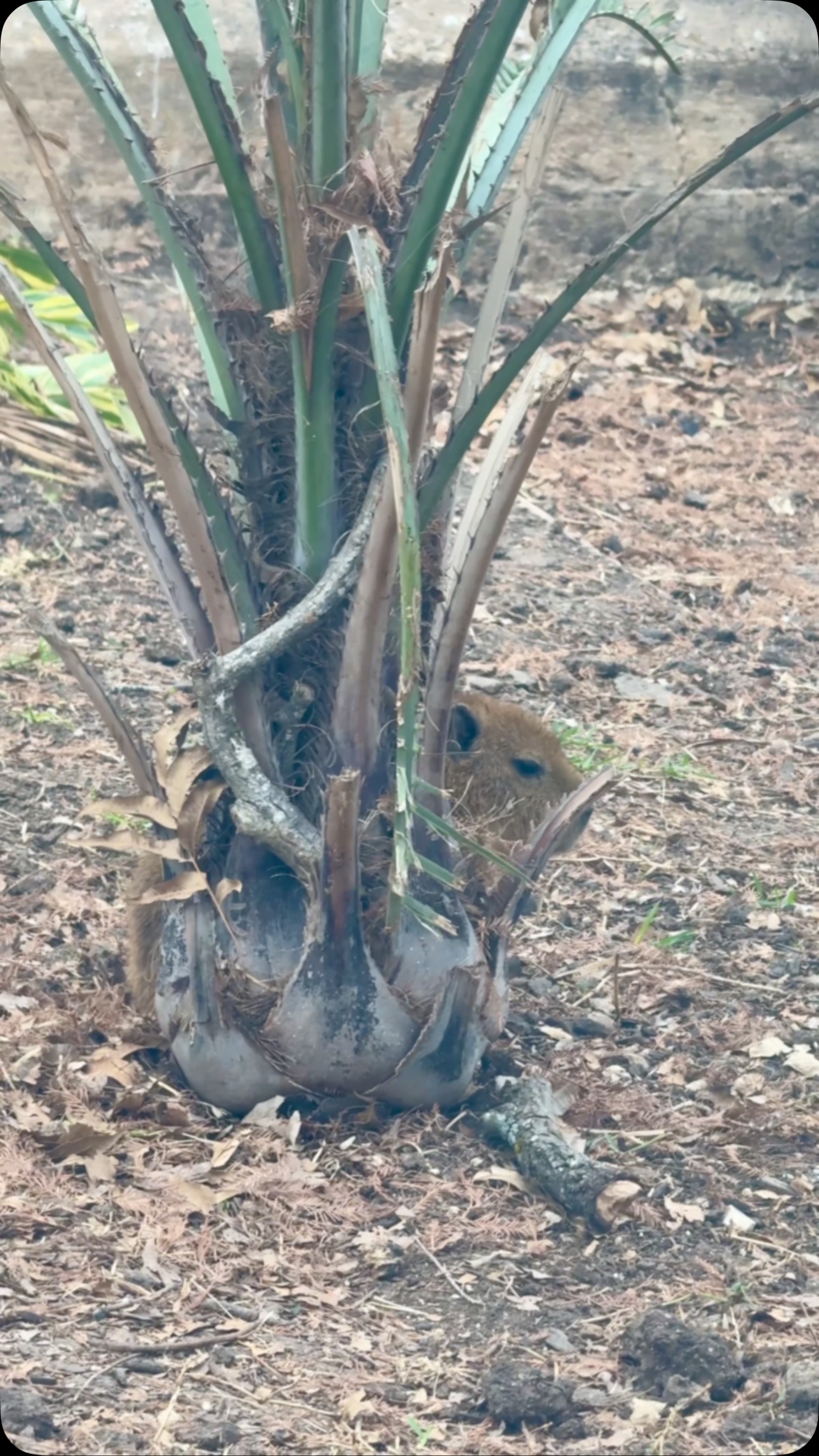- Explore the natural stealth abilities and incredible hide-and-seek skills of animals, focusing on examples like Tupi.
- Examine the significance of animal behavior and adaptations in their natural habitats for survival, communication, and hunting.
- Discuss zoo management practices that enhance the welfare of animals with notable stealth skills, ensuring their natural behaviors are encouraged.
- Highlight wildlife conservation strategies that support species with extraordinary abilities, emphasizing the importance of habitat protection and biodiversity.
- Consider the impact of human activities on the habitats of these species and the necessary measures for mitigating such effects.
Stealth is a remarkable trait found in multiple animal species, allowing them to survive, thrive, and interact with their environments with minimal disturbance. One such example of advanced stealth capabilities is Tupi, an animal acclaimed for its impressive hide-and-seek skills, rated a perfect ten out of ten for its ability to remain unseen and undetected. This article delves into the fascinating world of animal behavior, particularly in areas related to stealth and camouflage, offering insights into various species’ adaptive techniques.
The natural world’s complexity is best observed in how animals adapt their behavior and physical traits to survive. Tupi’s reputation for being highly stealthy is not an isolated phenomenon. Many species utilize similar abilities to evade predators, hunt more efficiently, or communicate covertly. These behaviors are honed through evolution, with genetics and environment playing significant roles. For example, moths have evolved wing patterns that mimic leaves or bark, while cephalopods like octopuses can change color to blend seamlessly with their surroundings.
Behavioral adaptations are essential for survival in the wild. Such skills as those displayed by Tupi are the result of generations of evolutionary pressure favoring individuals who are better at camouflage, silence, and remaining invisible. Predators, needing to hunt without alerting their prey, develop acute sensory perception and strategic thinking. Similarly, prey employ stealth to avoid detection. This dynamic interaction leads to a continuous arms race in nature, driving further adaptations and refinements.
In managing zoos and wildlife reserves, understanding these animal behaviors is crucial to providing an environment conducive to displaying their natural abilities. Zoo management must replicate environments that allow animals to engage in activities like hunting simulations and natural habitat replication. It involves strategic enclosure designs incorporating elements like hiding spots, natural flora and fauna, and space for prey and predator interactions. By providing such environments, zoos contribute positively to psychological and physical animal welfare, supporting naturally stealthy behavior.
Besides ecosystem mimicry, training programs can play a role in enhancing naturally stealthy animals’ welfare. Training should focus on voluntary participation and allow animals to use cognitive and physical skills similar to those they would utilize in the wild. For instance, Tupi using its exceptional hide-and-seek skills can be trained to find hidden objects, encouraging natural instincts that promote mental stimulation and physical exercise.
Wildlife conservation is pivotal for the continued survival of species renowned for their stealth capabilities. Conserving habitats ensures the preservation of the intricate ecosystems that support these species. Protection efforts often include monitoring populations, enforcing anti-poaching laws, and restoring degraded habitats. Moreover, wildlife corridors are constructed to connect fragmented habitats, reducing human-wildlife conflict and maintaining genetic diversity.
Strict regulations and policies are essential to safeguard the natural habitats of these animals. These policies involve collaboration between governments, environmental organizations, and local communities to establish protected areas, limit human encroachment, and support scientific research. Efforts must focus on understanding the nuanced needs of species like Tupi, documenting their behavior, and implementing appropriate protective measures. Only then can the delicate balance of biodiversity be maintained, ensuring the survival of the planet’s most elusive creatures.
Unfortunately, human activity poses a significant threat to these habitats, leading to habitat destruction and fragmentation, pollution, and climate change. These challenges necessitate a global response aiming to mitigate their impacts. Conservationists worldwide are working to restore natural habitats by planting native vegetation, restoring waterways, and re-establishing the conditions necessary for these creatures to thrive. Public awareness campaigns and education programs also play a significant role in fostering appreciation for these animals and prompting more sustainable human practices.
Incorporating science, education, and management strategies is imperative for understanding and preserving the world’s stealthy animals. Continued research and collaboration among diverse stakeholders remain vital to maintaining biodiversity and securing natural habitats. With ongoing dedication, these methods will help ensure habitats are preserved, allowing future generations to witness the natural world’s exceptional aspects, like Tupi’s superior hide-and-seek proficiency.
*****
Source Description
Tupi has excellent hide and seek skills. 10/10 very stealthy 🤫
.
.
.


